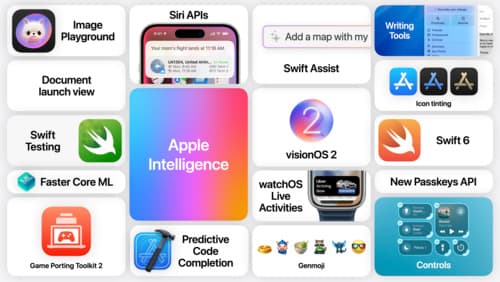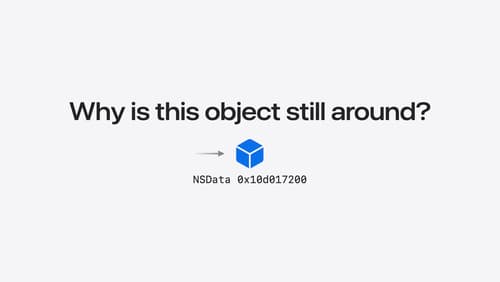how cool is objective-c?
Asked on 2024-08-01
1 search
Objective-C has been a foundational programming language for Apple's software development, particularly before the introduction of Swift. However, the focus at WWDC 2024 has been on Swift, which is described as a modern, safe, and powerful language that is becoming the preferred choice for app development and more.
Here are some key points about Swift from the sessions:
-
Swift's Evolution and Adoption:
- Swift is celebrated for its safety, speed, and approachability. It is used extensively across Apple's software stack, from apps and system services to frameworks and firmware (Platforms State of the Union).
- Swift's interoperability with C and Objective-C allows for incremental adoption in existing projects, improving security and productivity (What’s new in Swift).
-
Swift's Features and Design:
- Swift is praised for its lightweight syntax, performance, and safety, making it a joy to program in. It is not only used for app development but also for server applications and embedded systems (A Swift Tour: Explore Swift’s features and design).
-
Interoperability and Modernization:
- Swift's interoperability with C and Objective-C is highlighted as a significant advantage, allowing developers to use existing APIs and gradually transition to Swift (Go small with Embedded Swift).
- The Foundation framework has been rewritten from legacy C and Objective-C into modern Swift, resulting in more consistent, higher quality, and better-performing code (What’s new in Swift).
While Objective-C remains an important part of Apple's history and ecosystem, the emphasis at WWDC 2024 is clearly on Swift as the future of software development on Apple platforms.

Platforms State of the Union
Discover the newest advancements on Apple platforms.

Platforms State of the Union 5-Minute Recap
Watch a quick recap of the newest advancements on Apple platforms.

Analyze heap memory
Dive into the basis for your app’s dynamic memory: the heap! Explore how to use Instruments and Xcode to measure, analyze, and fix common heap issues. We’ll also cover some techniques and best practices for diagnosing transient growth, persistent growth, and leaks in your app.
